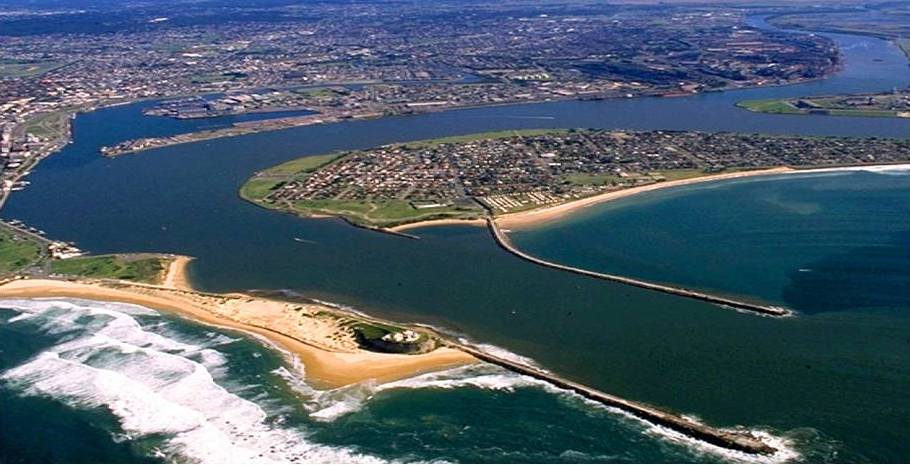In early 1999, a group of us in the Hunter Bird Observers Club decided we should count the shorebirds in the Hunter Estuary every month. The reason for our decision was that the Hunter Estuary was known to be the most important site in New South Wales for shorebirds, but with constant threats of loss of habitat. We decided we needed quantitative data about shorebird numbers, how they fluctuated and what sites they preferred to feed in and roost at. Armed with such information, we felt we had more chance of protecting them.

Ever since April 1999, I’ve been going to Ash Island once per month at high tide to count the shorebirds there (and also count all the other waterbirds encountered). At the same time, other teams go to the other known roost sites, so that we end up collectively with a total count for the whole Estuary. For 16-17 years Nev McNaughton was my co-counter on Ash Island (he's now on a well-earned break), and now it's Ross Zimmermann (since 2018) but I have been helped by 50+ other people at various times.
Ash Island is a wonderful place. It’s incredibly dynamic and sometimes there are many thousands of birds there, and sometimes hardly any. In the 1990s and 2000s it gained an Australia-wide reputation (probably an international one) for the rarities that turn up there. Probably the most interesting of these was the Yellow Wagtail – which is very rare in southern Australia except on Ash Island. I saw my first one there in 1998 and some birds were there nearly every summer/autumn for the following 15 or so years! Sadly for Ash Island but great for the estuary overall, sites at Tomago and Hexham have been rehabilitated and many of the former Ash Island birds now prefer to go to those.
Papers
Stuart, A. et al. (2013). Hunter Estuary Population Counts 1999-2010. Stilt 63-64: 46-49
Talks
How good's the Hunter Estuary! (April 2022, presented at an HBOC meeting)
Winners and losers in the Hunter estuary habitat changes (February 2022, presented at the Australasian Ornithological Conference)
Red-necked Avocets in the Hunter Estuary (July 2017, presented at an HBOC meeting).
Hunter estuary shorebirds (June 2021, presented at a Hunter Estuary Shorebirds Working Group meeting)
Reports
Stuart, A. (2002). Birds of Ash Island. Hunter Bird Observers Club Special Report #1
Stuart, A. (2014). Shorebird records for the Hunter Estuary prior to 1999. Hunter Bird Observers Club Special Report #8
Poems
Latest news
Finally (in February 2018) we have had some rain in the Region. I'm not sure how widespread it was but the lower Hunter Valley received 70-80mm. Most of the ponds had been dry, some for a few months and almost all waterbirds had gone. We're all hoping they might start to come back again.
Some recent news
The counts for Bar-tailed Godwits are at record lows, and dropping all the time. The rate of decline is higher than the average for south-eastern Australia. Eastern Curlews are also in trouble.